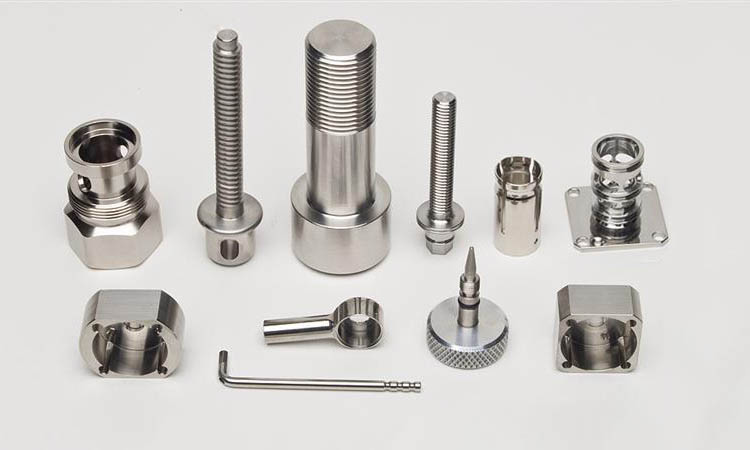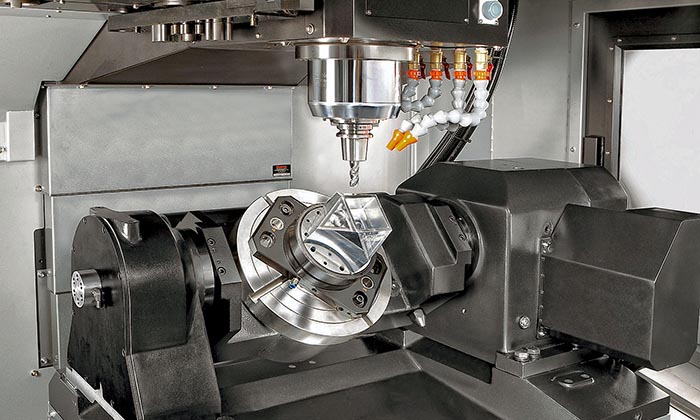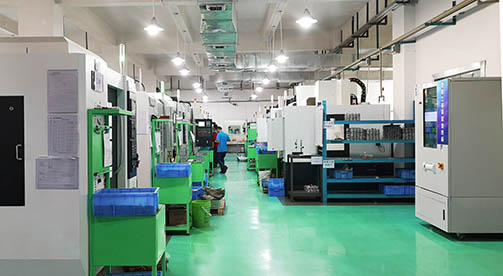While manufacturing stainless part by CNC machining process, there may occur lost of defects. Here we listed some of them,
- Dust
Usually the machining workshop is not dust-free plant, so dust exist in the environment , it falls down on the facilities and stainless steel workpiece. Works normally use water or alkaline solution to clean, sometimes need high pressure water or steam to clean strong adhesive force dust.
- Surface or inserted iron powder.
On surface of stainless steel parts, either floating or inserted iron powder will cause corrosion or corrosive mark, so it must be cleaned off from parts. Iron powder usually can be cleaned together with dust, except some strong adhesive powders, they should be cleaned according to inserted iron powder. Despite from dust, iron powder also comes from normal carbon steel brush (for cleaning), sands, glass balls or some other material of grinding for low alloy steel or cast iron. While unloading or craning stainless steel, iron from wirerope or lifting appliances will be easily inserted the surface of stainless steel, if no protection.
- Scratches
In order to prevent lubricant or produced contaminant accumulated on the scratches, so sometime it is necessary to use mechanical chipping on surface, like mechanical chipping, glass bead grinding.
- Thermal tempering color and oxidation layer
If stainless parts get a certain temperature while welding or polishing in the air, two side, lower surface and bottom of weld joint will occur chromium oxides t hermal tempering color, which is more obvious compared with oxidation layer. The color depends on its thickness, appears iridescence, blue, purple, light yellow and brown color, thicker oxidation layer appears black. Chromium content at the surface reduced when any of the color occur, it causes its corrosion resistance reduced. In that condition, we must not only clean the thermal tempering color and oxidation layer, but also should clean the chromium depletion layer under the surface.



